Bulk wine. That’s the wine industry term for wine that isn’t in a bottle yet. Instead it is sitting at a permitted winery site in some sort of container, be that a stainless steel tank, a barrel, a drum or a keg or these days perhaps a cement “egg”. Wineries will decide to sell some of their bulk wine that they don’t plan to use in their bottled blends. They’ll put it on the bulk wine market through a wine broker. Every day on the Wine Business website they list a link to the “Recent sales of grapes and bulk wine“.
When wineries purchase wine from the bulk wine market there is a specific document that comes with the delivery of that wine, called a bill of lading or a transfer in bond record to the TTB. That document is required to have specific details on it to satisfy TTB regulation requirements. Here in California there is also a state requirement for documenting the sale which is a weighmaster certificate.
Wineries on both ends of the sales transaction have responsibility for ensuring that both of these regulated documents are completed correctly. What exactly are the details that must be listed on each of these documents?
For the TTB they have a specific set of items that are required to be listed on any “transfer in bond” record which is what they call a bill of lading for shipping wine between wineries. Here are a few of the items they require:
- The name, address & registry number of the proprietor and consignee
- Shipping date
- Alcohol content OR tax class
- volume shipped in gallons or liters
- The varietal, vintage, appellation or any other information that may be stated on the label
To meet the requirements for the weighmaster certificate, which are regulated by the California Department of Food & Agriculture this document must contain 13 items, a sample of which can be seen here: Weighmaster certificate requirements
The reason for the weighmaster certificate requirement here in California is that a bulk wine sale is just that, a sales transaction and the completion of a weighmaster certificate means that the full set of weights for a load of bulk wine were completed by a site with a weighmaster license. Those weights will then be used to convert them into the gallons delivered which will be the number used to base the payment of the sales transaction between the wineries.
In working with wineries I regularly see completed bills of lading for bulk wine movements. These are both bills of lading they received from another winery or ones that they completed themselves. Now perhaps it is just my years of winery compliance background but the errors I regularly see on these completed forms is my business’ world version of nails on a chalkboard.
Some of the most common issues I see on these (translation: they were filled out incorrectly) are:
- The registry number requirement. Wineries- your registry number is the one that starts with either BW or BWN (!!) It is NOT the one that starts with your state’s abbreviation!
- The name and address of the winery the wine is sent to. Sounds simple enough right? Time and time again I see the wrong winery name listed in the receiving winery section. What is required to be listed there is the actual name that is listed on that winery’s TTB permit. The address then also of course needs to be the actual physical address of the winery site, not the “office” address which these days is often another site.
- The vintage, varietal and appellation summary. Some common mistakes I see here are they are either illegible or incomplete. Many bills of lading are still hand written thus the common illegible issue. Plain and simple they are chicken scratch. In my years at wineries whenever I was on the receiving end of a BOL that I couldn’t read I simply called the sending winery and requested that they send me a clearly written revised one. (their responsibility) As far as the wine blend summaries being incomplete the issue I’ll see here is that they won’t match up with the blend summary originally provided by the wine broker when the purchasing winery sampled it. For example a wine broker’s blend summary listed a wine blend as 80% Cabernet Sauvignon & 20% Petite Sirah, 90% Napa Valley & 10% Lake County, & 100% 2014. In contrast to this the BOL sent with the shipment will list the varietal and vintage details accurately but the appellation will list 100% Napa County. The issue with this is that it will directly impact what the purchasing winery will qualify to list on the label that this purchased wine becomes a part of. It would NOT qualify to list Napa Valley as the appellation as it’s “source document” (what the TTB calls the BOL in these situations) does not document it as Napa Valley. Here again the receiving winery needs to call the sending winery and request that they send them a revised BOL with the full accurate blend details.
If you’re reading this and have any follow up questions for your winery related to properly documenting this common activity of purchasing bulk wine feel free to respond to this post or sign up for one of my “Compliance Check in Calls”
